 | ||
Similar Old Fashioned, Vermouth, Angostura bitters, Campari, Manhattan | ||
Diy projects cocktail bitters
A bitters is traditionally an alcoholic preparation flavored with botanical matter such that the end result is characterized by a bitter, sour, or bittersweet flavor. Numerous longstanding brands of bitters were originally developed as patent medicines, but are now sold as digestifs and cocktail flavorings.
Contents
- Diy projects cocktail bitters
- Angostura bitters history drinks network
- Ingredients
- History
- Digestive bitters
- Cocktail bitters
- References

Angostura bitters history drinks network
Ingredients
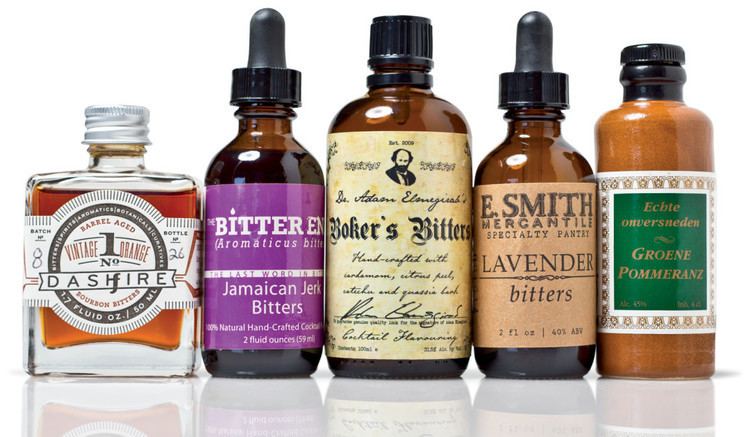
The botanical ingredients used in preparing bitters have historically consisted of aromatic herbs, bark, roots, and/or fruit for their flavour and medicinal properties. Some of the more common ingredients are cascarilla, cassia, gentian, orange peel, and cinchona bark.
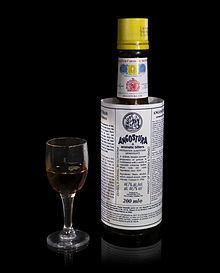
Most bitters contain both water and alcohol, the latter of which functions as a solvent for botanical extracts as well as a preservative. The alcoholic strength of bitters varies widely across different brands and styles.
History
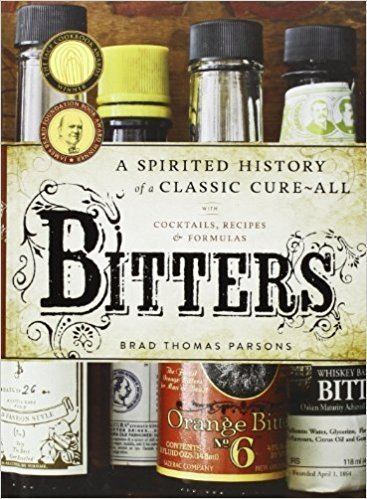
The earliest origins of bitters can be traced back as far as the ancient Egyptians, who may have infused medicinal herbs in jars of wine. This practice was further developed during the Middle Ages, where the availability of distilled alcohol coincided with a renaissance in pharmacognosy, which made possible far more concentrated herbal bitters and tonic preparations. Many of the various brands and styles of digestive bitters made today reflect herbal stomachic and tonic preparations whose roots are claimed to be traceable back to Renaissance era pharmacopeia and traditions.

By the 19th century, the British practice of adding herbal bitters (used as preventive medicines) to Canary wine had become immensely popular in the former American colonies. By 1806, American publications referenced the popularity of a new preparation termed cocktail, which was described as a combination of “a stimulating liquor, composed of spirits of any kind, sugar, water, and bitters.”
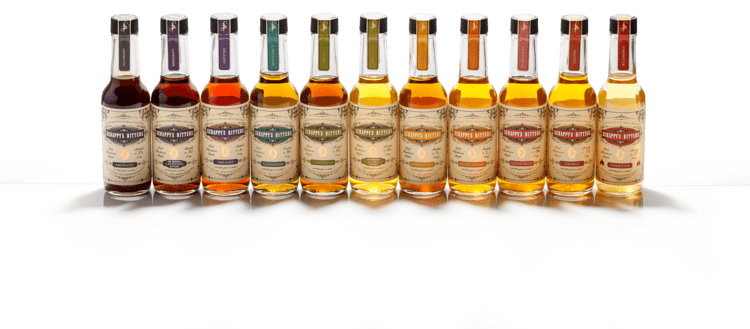
Of the commercial aromatic bitters that would emerge from this period, perhaps the most well known is Angostura bitters. In spite of its name, the preparation contains no medicinal bark from the angostura tree; instead it is named after the town of Angostura, today's Ciudad Bolívar, in Venezuela. In 1824, German physician Dr. Johann Gottlieb Benjamin Siegert compounded a cure for sea sickness and stomach maladies, among other medicinal uses. Dr. Siegert subsequently formed the House of Angostura to sell the bitters to sailors.

Another renowned aromatic bitters with 19th-century roots is Peychaud's Bitters, which were originally developed by apothecary Antoine Amédée Peychaud in New Orleans, Louisiana, and is most commonly associated with the Sazerac cocktail.
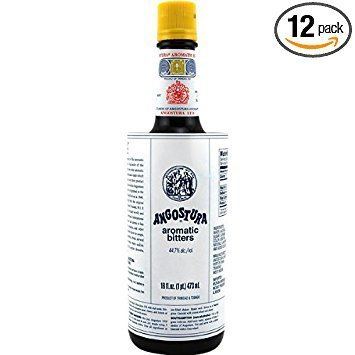
A broadly popular style of bitters that emerged from the period is orange bitters, the flavor of which ranges from dryly aromatic to fruity, and is most commonly made from the rinds of Seville oranges and various spices. Orange bitters are commonly called for in older cocktail recipes.
Bitters prepared from the tree bark containing the antimalarial quinine were occasionally included in historical cocktail recipes, which served to mask the intensely bitter flavor of this medicine. Trace quantities of quinine are still included as a flavoring in tonic water, which is used today mostly in drinks with gin.
Antique commercial bitters bottles are highly collectible, the oldest and rarest of which sometimes command prices in the tens of thousands USD.
Digestive bitters
Digestive bitters are typically consumed either neat or with ice at the end of a meal in many European and South American countries. Many, including popular Italian-style amaros and German-style Kräuter liquors, are often used in cocktails as well.
Some notable examples of digestive bitters available today include:
Cocktail bitters
Cocktail bitters are typically used for flavoring cocktails in drops or dashes. In the United States, many cocktail bitters are classified as alcoholic non-beverage products ('non-beverage' meaning not consumed like a typical beverage). As alcoholic non-beverage products, they are often available from retailers who do not sell liquor, such as supermarkets in many US states.
Some notable examples of cocktail bitters include:
